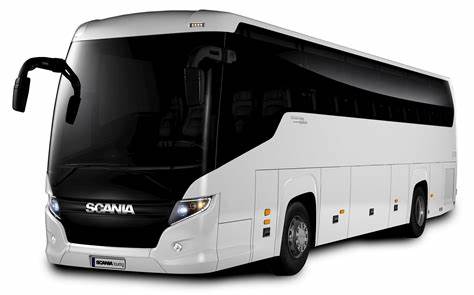Public transportation is the lifeblood of many cities, providing affordable and accessible mobility for millions. However, overcrowding, delays, and inconvenient routes often plague these systems, hindering efficiency and discouraging ridership. So, how can we transform public transport into a truly effective and attractive alternative to private vehicles?
DIGITAL SYSTEMS
Analyzing commuter bus patterns using GPS tracking, mobile apps, and smart sensors can reveal peak usage times and underutilized routes. This data allows transport authorities to adjust bus schedules for bus, add capacity where needed, and eliminate redundant services, leading to more efficient resource allocation and reduced congestion.
Embracing technology is another crucial element. Implementing intelligent traffic management systems that prioritize public transport vehicles can significantly reduce travel times. Real-time information displays at stations and on mobile apps keep passengers informed about delays and alternative routes, improving the overall user experience. Furthermore, contactless payment systems streamline boarding processes, minimizing delays at stops.
DEVELOPEMNT OF TRANSPORTATION INFRASTRUCTURE
Investing in modern, well-maintained infrastructure is paramount. Upgrading aging bus fleets with fuel-efficient or electric vehicles reduces emissions and operating costs. Modernizing train systems with automated signaling and improved track maintenance enhances reliability and safety. Creating dedicated bus lanes and prioritized traffic signals further speeds up public transport, making it more competitive with private vehicles.
Beyond the tangible, improving the overall passenger experience is key to attracting and retaining riders. This includes ensuring clean and comfortable vehicles, creating accessible stations with amenities like Wi-Fi and charging ports, and providing friendly and helpful customer service.
PASSENGER SERVIVES
Finally, integrated ticketing and intermodal connectivity are essential. Allowing passengers to seamlessly transfer between buses, trains, and subways using a single ticket encourages the use of multiple modes of transport. Developing well-designed transfer hubs with convenient connections and clear signage further streamlines the journey.
By focusing on data-driven optimization, technological advancements, infrastructure upgrades, improved passenger bus schedule for bus experience, and seamless connectivity, we can transform public transport systems into efficient, reliable, and attractive options for all. The result will be reduced traffic congestion, cleaner air, and more livable cities for everyone.
